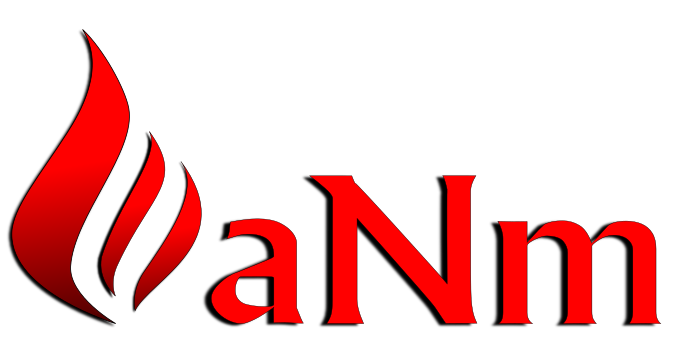Decoding Terminology
Accessibility is a vastly important element of proper design and development of eLearning, training, and other content. However, unless you are deeply entrenched and familiar with the various and different standards and guidelines for accessibility conformance, discussion of this topic can be somewhat confusing.
This article aims to provide a brief overview, baseline foundation, and general understanding of US Federal s508 and global WCAG 2.0 accessibility conformance standards.
Brief History of s508
 |
| Seal of US Congress |
Based on US Congress’s 1998 amendment of the Rehabilitation Act, section 508 requires access to electronic media, website content, and other information technology in US federal agencies. Compliance to section 508, or “s508”, of this law means federal agencies must ensure all of these technologies are accessible to employees and the public in general, with no “undue burden”. See more in-depth info at https://www.access-board.gov/guidelines-and-standards/communications-and-it/about-the-section-508-standards/background.
s508 came with its own recommendations, definitions, and standards on how to accomplish this accessibility. Generally speaking, s508 compliance aimed at US Federal agencies, groups, and entities. Despite this federal-only focus, s508 gained recognition as an accessibility standard throughout many global, corporate and other non-federal entities.
WCAG
Wikipedia does an excellent job summarizing this:
The Web Content Accessibility Guidelines (WCAG) are part of a series of web accessibility guidelines published by the Web Accessibility Initiative (WAI) of the World Wide Web Consortium (W3C), the main international standards organization for the Internet. They are a set of guidelines that specify how to make content accessible, primarily for people with disabilities—but also for all user agents, including highly limited devices, such as mobile phones.
 |
| W3C WAI-AA WCAG 2.0 logo |
For a primer or refresher on what the Web Accessibility Initiative (WAI) is review the W3 Org website and its associated entries on this subject.
In addition to finding out more about the Initiative itself, there are many tutorials, announcements, and other facts to help developers create accessible content.
Level-up
The current standard guideline is WCAG 2.0 and has three levels of conformance (A, AA, AAA).
W3C explains these levels of conformance further (https://www.w3.org/TR/WCAG20/#conformance-reqs):
- Level A: For Level A conformance (the minimum level of conformance), the Web page satisfies all the Level A Success Criteria, or a conforming alternate version is provided.
- Level AA: For Level AA conformance, the Web page satisfies all the Level A and Level AA Success Criteria, or a Level AA conforming alternate version is provided.
- Level AAA: For Level AAA conformance, the Web page satisfies all the Level A, Level AA and Level AAA Success Criteria, or a Level AAA conforming alternate version is provided.
s508 Reboot
Early in 2017, s508 standards received a major update and refresh that incorporates, “the Web Content Accessibility Guidelines (WCAG) 2.0 by reference and applying Level A and Level AA Success Criteria and Conformance Requirements to websites, as well as to non-web electronic documents and software”.
The new rule adopts seventeen WCAG 2.0 success criteria, but 22 of the 38 existing A-level and AA-level criteria were already covered by existing Section 508 guidelines. The rule requires adherence to the new standards twelve months from its date of publication in the federal register.
– Wikipedia (https://en.wikipedia.org/wiki/Web_Content_Accessibility_Guidelines)
In short, the federal s508 now aligns itself with the more global standard, WCAG 2.0.
Accessibility Checkers and Tools
To help us create accessibility conformant content, W3 Org offers a decent list of available tools for developers to use to check the content for accessibility compliance, located at https://www.w3.org/WAI/ER/tools/.
I will dig-deeper into many of the accessibility checker tools found here at the W3 Org website, as well as other tools, extensions, checkers, in later entry.
Summary
Developing and designing accessibility conformant content can be challenging, indeed. Add confusion between terms, standards, and guidelines to this and discussions can quickly become convoluted. Until recently, the two standards were not synonymous, nor congruous.
However this changed with the recent change and refresh to section 508 to better align with global WCAG 2.0 standards. Now we can discuss content meeting (current) s508 standards, while ensuring those WCAG 2.0 standards are also addressed…meaning, we can now discuss apples-to-apples, when talking about accessibility.

